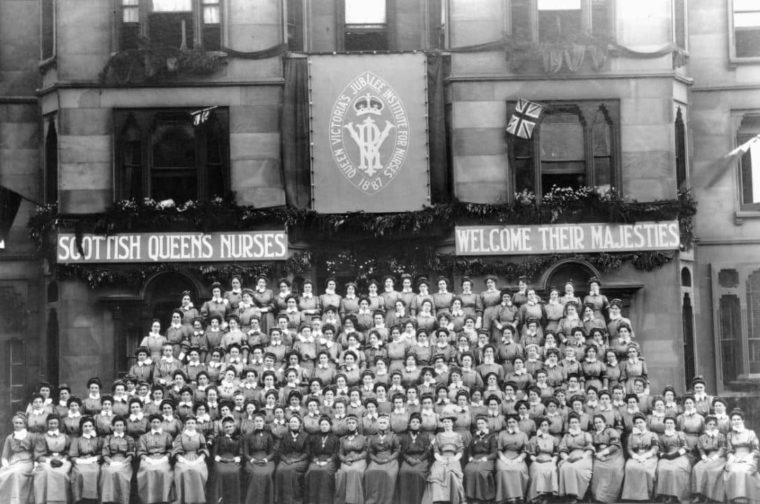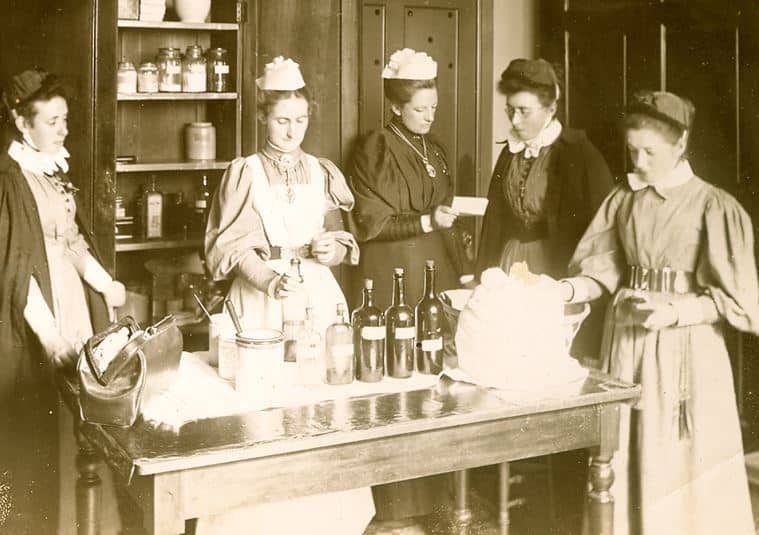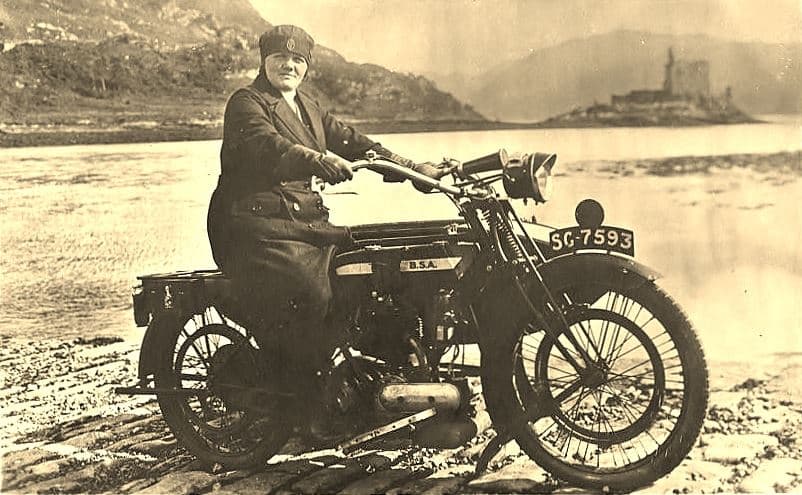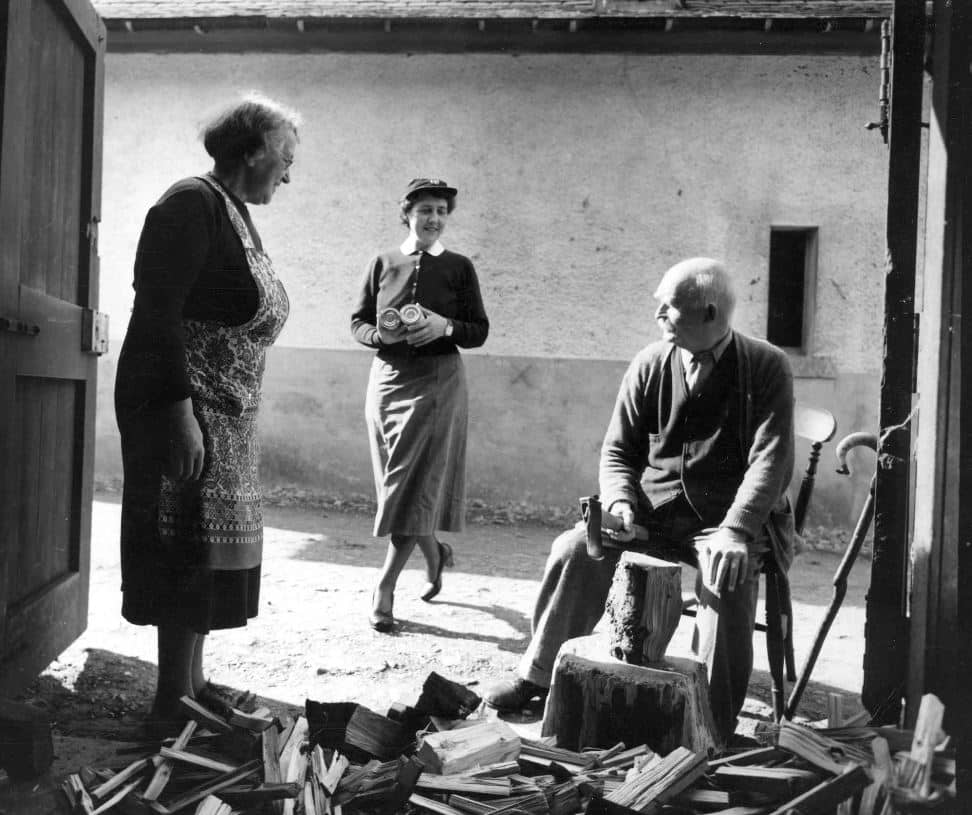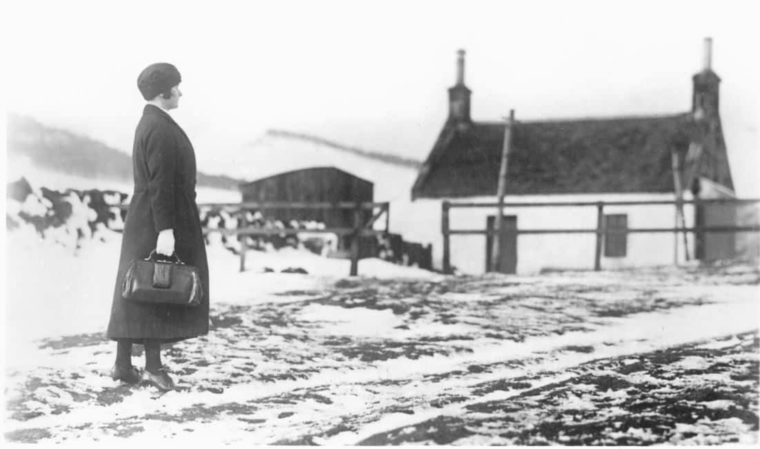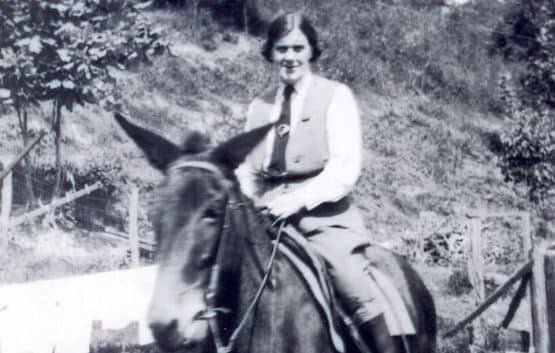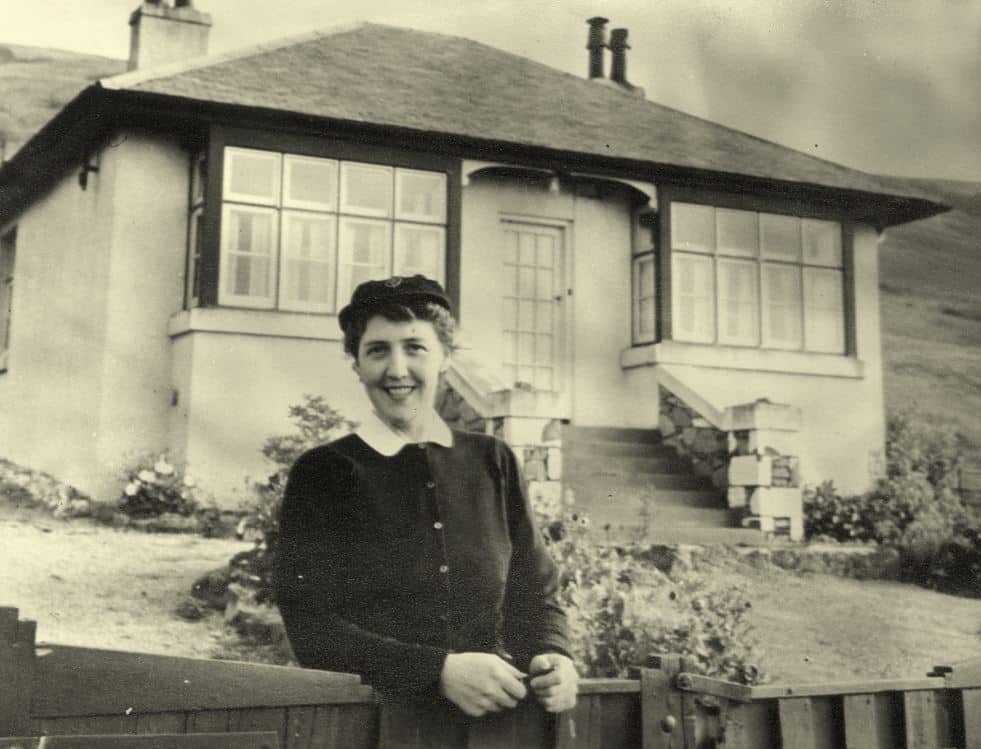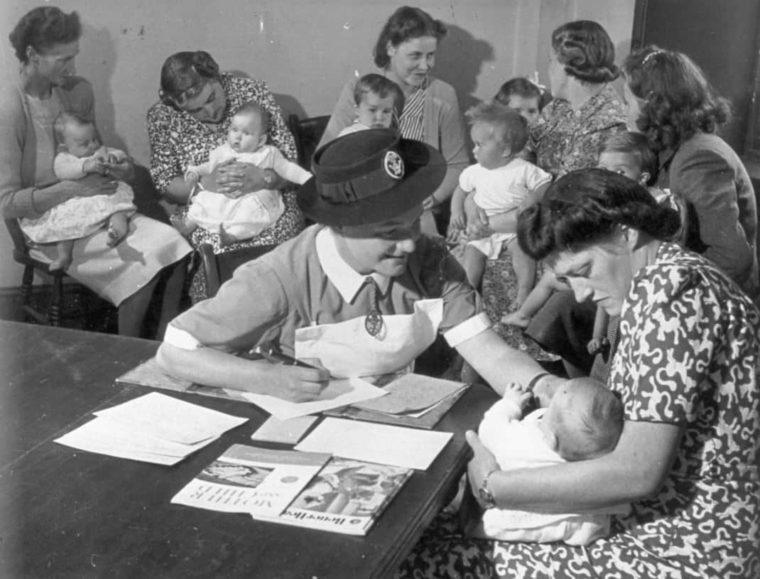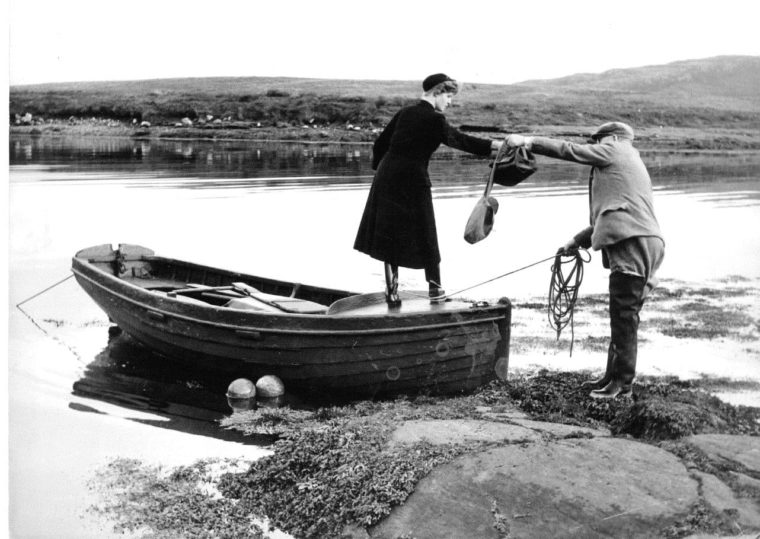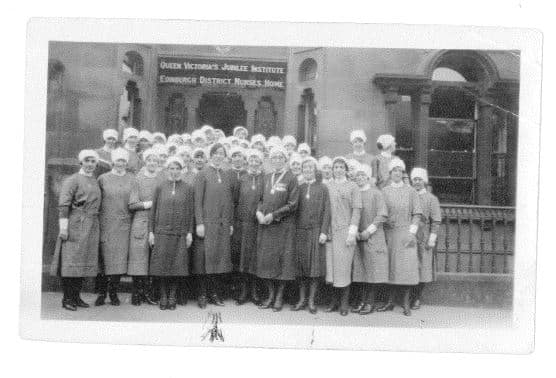In 1859 William Rathbone, an English merchant and businessman noted for his philanthropic and public work, wanted to support a group of nurses to work among the poor in Liverpool. He had experienced the excellent work of a Mrs Robinson, a nurse who had cared for his wife before she died. Rathbone greatly appreciated the comfort and help she provided not just to his wife, but to the whole household in a time of great need and distress. It was with this in mind that he asked Mrs Robinson to undertake nursing among those who could not afford to pay for such care, a task that she found extremely demanding in the conditions of the day.
In his struggle to establish a workable system of district nursing, Rathbone applied to Florence Nightingale for the services of some of her trained nurses. In 1862 upon learning that there were none to spare, he took up her suggestion to establish a training school attached to the Liverpool Royal Infirmary. This school would supply nurses for the district to work for both the needs of the hospital, and for private care. These pioneer district nurses were seen not only as nurses of the sick, but also as social reformers. Florence Nightingale saw the district nurse as having a key role in instructing the disadvantaged population of ‘how to use improved dwellings’ and viewed the nurses as ‘teaching, without seeming to teach’.
By 1864 other English cities were beginning to build on the model established in Liverpool. Glasgow became the pioneer location of district nursing in Scotland in 1875.
A major turning point in the history of district nursing in the United Kingdom was the recognition of the movement by a generous gift of £70,000, from Her Majesty, Queen Victoria in 1887. The Queen Victoria Jubilee Institute for Nurses was incorporated in 1889 for the education of nurses to tend the sick poor in their own houses in Scotland. The Institute was also used to promote the establishment of branches throughout the United Kingdom.
In Edinburgh, a Central Training Home was established. Initially in a small flat in North Charlotte Street, the home was expanded to reflect demand and moved to the splendid premises of Castle Terrace in 1890, where QNIS continues to operate to this day. The training and supervision of Queen’s Nurses continued at Castle Terrace until 1968, with the last Queen’s Roll taking place on the 16th January 1969.
Since then, the QNIS became a charity promoting excellence in community nursing, remaining true to the original charter from 1888:
The training support and maintenance of women to act as nurses for the sick poor and the establishment (if thought proper) of a home or homes for nurses and generally the promotion and provision of improved means of nursing the sick poor.
